1. 问题引入
在博文【VisionMaster】二次开发之第三方库的使用中介绍了如果使用第三方库来丰富VisionMaster的功能。但是通过生成工具生成的算子框架仅支持单图像的输入,如下:
而在某些模块中,我们需要输入两张甚至更多张图片,如下: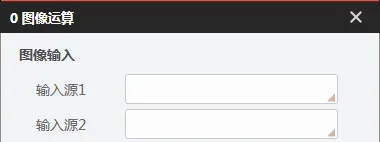
2. 问题解决
- 使用构建工具为自定义算法模块生成模板项目。我不会在这里详细介绍
- 找到生成工具生成的 CustomedModule 文件夹下的 CustomedModule.xml 文件。
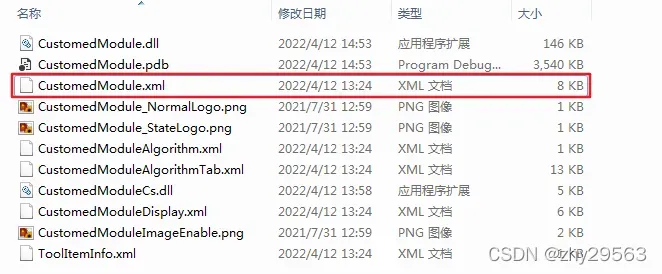
- 原文件内容如下:
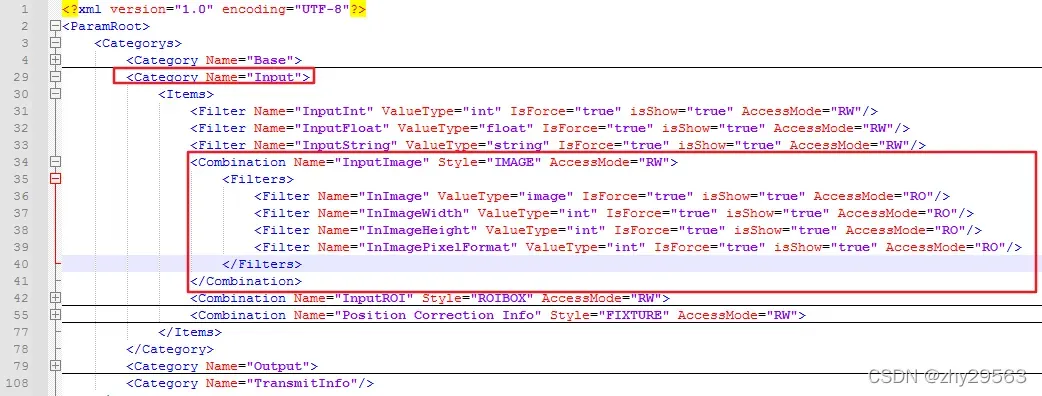
- 修改后的文件内容如下:
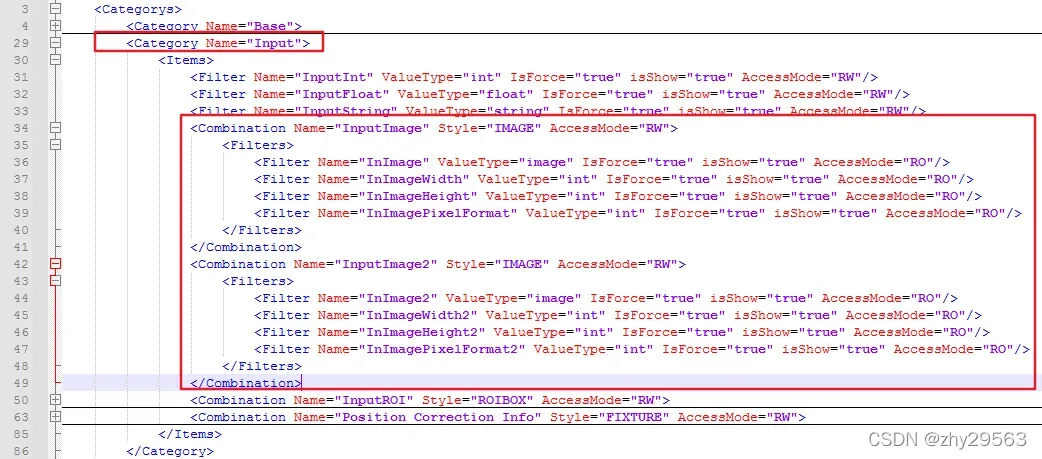
- 找到生成工具生成的 CustomedModule 文件夹下的 CustomedModuleAlgorithmTab 文件。
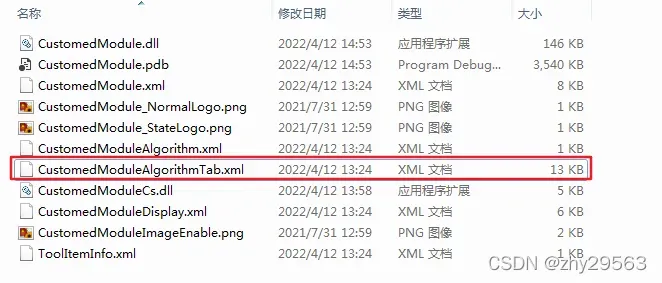
- 原文内容如下:

- 修改内容如下:
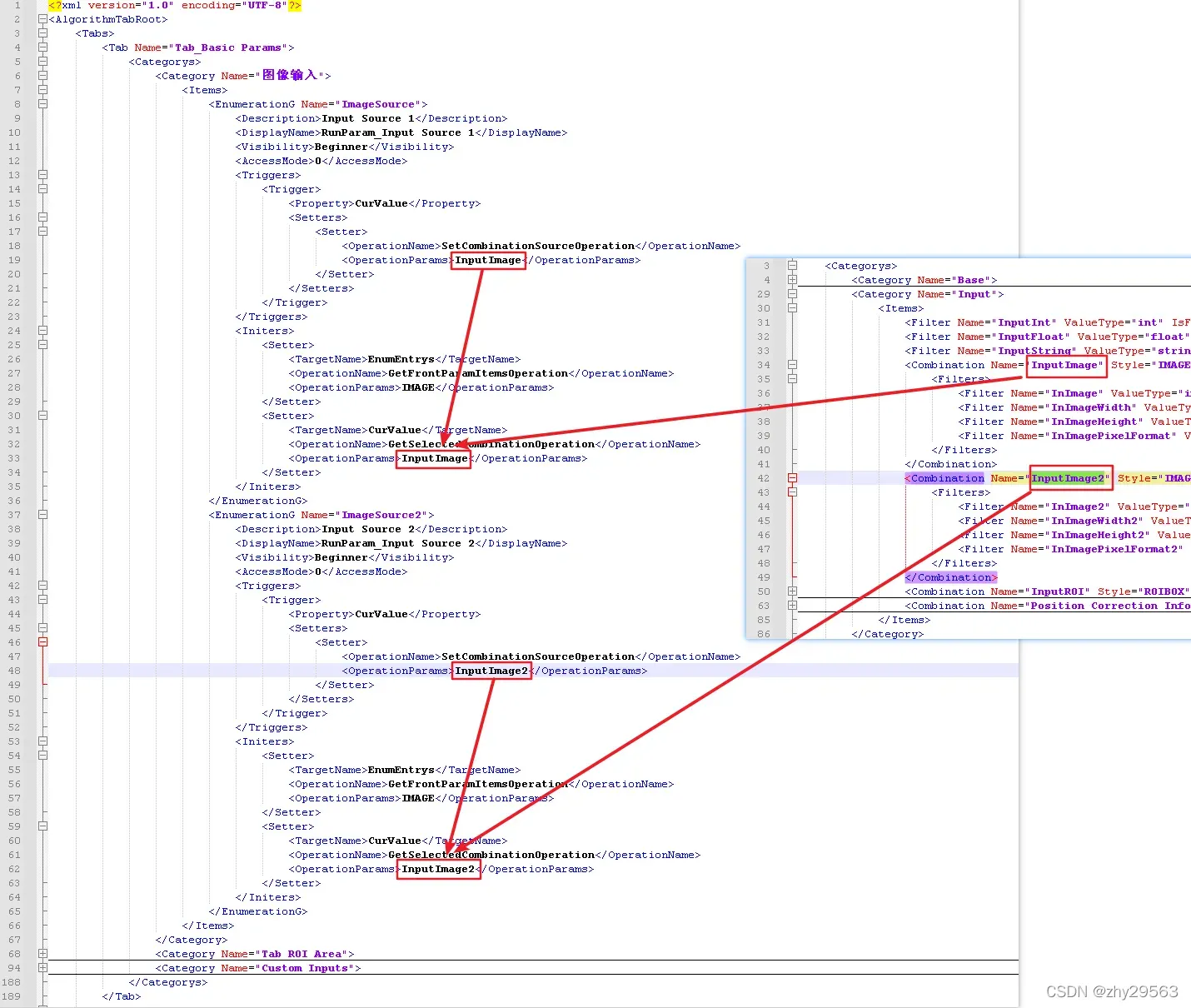
- 修改算法项目中的源代码文件如下:
// 1.获取图像
HKA_IMAGE struInputImg1;
HKA_IMAGE struInputImg2;
HKA_S32 nRet = IMVS_EC_UNKNOWN;
HKA_U32 nImageStatus = 0;
do
{
nRet = VmModule_GetInputImageByName(hInput, "InImage", "InImageWidth", "InImageHeight", "InImagePixelFormat", &struInputImg1, &nImageStatus);
HKA_CHECK_BREAK(IMVS_EC_OK != nRet);
} while (0);
do
{
nRet = VmModule_GetInputImageByName(hInput, "InImage2", "InImageWidth2", "InImageHeight2", "InImagePixelFormat2", &struInputImg2, &nImageStatus);
HKA_CHECK_BREAK(IMVS_EC_OK != nRet);
} while (0);
// 2. 图像转换
Mat input_image1 = HKAImageToMat(struInputImg1);
Mat input_image2 = HKAImageToMat(struInputImg2);
...
// 5. 算法处理
OutputDebugStringA("###Call CAlgorithmModule::Proces --> do algorighm process\n");
Mat weighted_image;
cv::addWeighted(input_image1, 0.5, input_image2, 0.5, 0, weighted_image, CV_8UC1);
// 6. 输出图像格式转换
HKA_IMAGE output_image = MatToHKAImage(weighted_image);
- 必须保证参数对应
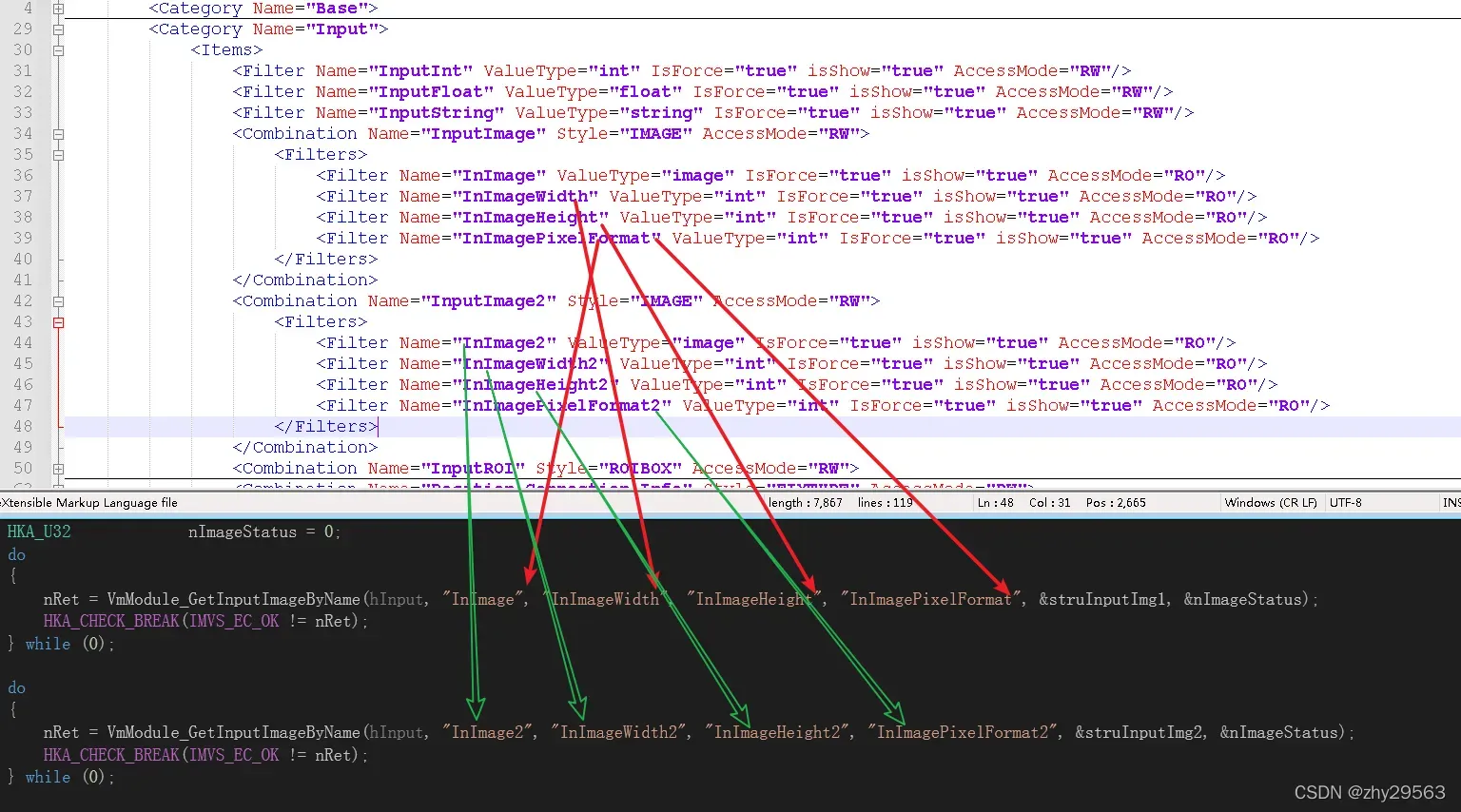
- 完整代码如下
#include "stdafx.h"
#include "AlgorithmModule.h"
#include <stdlib.h>
#include <fstream>
#include "ErrorCodeDefine.h"
#include "iMVS-6000PixelFormatDefine.h"
#include <opencv2\opencv.hpp>
using namespace cv;
Mat HKAImageToMat(HKA_IMAGE hik_image)
{
Mat mat;
if (hik_image.format == HKA_IMG_MONO_08)
{
mat = Mat(hik_image.height, hik_image.width, CV_8UC1, hik_image.data[0]);
int a = mat.cols;
}
else if (hik_image.format == HKA_IMG_RGB_RGB24_C3)
{
mat = Mat(hik_image.height, hik_image.width, CV_8UC3, hik_image.data[0]);
}
return mat;
}
HKA_IMAGE MatToHKAImage(Mat mat)
{
HKA_IMAGE image;
if (mat.channels() == 1)
{
image = { HKA_IMG_MONO_08, 0 };
image.width = mat.cols;
image.height = mat.rows;
image.format = HKA_IMG_MONO_08;
image.step[0] = mat.cols;
image.data[0] = mat.data;
}
else if (mat.channels() == 3)
{
image = { HKA_IMG_RGB_RGB24_C3, 0 };
image.width = mat.cols;
image.height = mat.rows;
image.format = HKA_IMG_RGB_RGB24_C3;
image.step[0] = 3 * mat.cols;
image.data[0] = mat.data;
}
return image;
}
int GetInputImage(IN void* hInput, HKA_IMAGE& struInputImg)
{
HKA_S32 nRet = IMVS_EC_UNKNOWN;
HKA_U32 nImageStatus = 0;
do
{
nRet = VmModule_GetInputImageByName(hInput, "InImage", "InImageWidth", "InImageHeight", "InImagePixelFormat", &struInputImg, &nImageStatus);
HKA_CHECK_BREAK(IMVS_EC_OK != nRet);
} while (0);
return nRet;
}
CAlgorithmModule::CAlgorithmModule()
{
m_nRunInt = 50;
}
CAlgorithmModule::~CAlgorithmModule()
{
}
int CAlgorithmModule::Init()
{
PARAM_VALUE_INFO_LIST stList = { 0 };
int nRet = VM_M_GetDefaultConfigByFile(m_hModule, UNICODEtoUTF8(VmModule_GetXmlPath().GetBuffer()), &stList);
if (nRet == IMVS_EC_OK)
{
for (int i = 0; i < stList.nNum; i++)
{
SetParam(stList.paramValueList[i].byParamName, stList.paramValueList[i].byParamValue, strlen(stList.paramValueList[i].byParamValue));
}
}
return nRet;
}
int CAlgorithmModule::Process(IN void* hInput, IN void* hOutput, IN MVDSDK_BASE_MODU_INPUT* modu_input)
{
OutputDebugStringA("###Call CAlgorithmModule::Proces -->begin\n");
int nErrCode = 0;
// 1.获取图像
HKA_IMAGE struInputImg1;
HKA_IMAGE struInputImg2;
HKA_S32 nRet = IMVS_EC_UNKNOWN;
HKA_U32 nImageStatus = 0;
do
{
nRet = VmModule_GetInputImageByName(hInput, "InImage", "InImageWidth", "InImageHeight", "InImagePixelFormat", &struInputImg1, &nImageStatus);
HKA_CHECK_BREAK(IMVS_EC_OK != nRet);
} while (0);
do
{
nRet = VmModule_GetInputImageByName(hInput, "InImage2", "InImageWidth2", "InImageHeight2", "InImagePixelFormat2", &struInputImg2, &nImageStatus);
HKA_CHECK_BREAK(IMVS_EC_OK != nRet);
} while (0);
// 2. 图像转换
Mat input_image1 = HKAImageToMat(struInputImg1);
Mat input_image2 = HKAImageToMat(struInputImg2);
// 3. 获取输入参数
int count = -1;
int inputInt = -1;
nRet = VM_M_GetInt(hInput, "InputInt", 0, &inputInt, &count);
float inputFloat = 0;
nRet = VM_M_GetFloat(hInput, "InputFloat", 0, &inputFloat, &count);
int inputString1Length = 100;
char inputString1[100];
nRet = VM_M_GetString(hInput, "InputString", 0, inputString1, 100, &inputString1Length, &count);
// 4. 获取运行参数
auto runParam1 = this->m_nRunInt;
// 5. 算法处理
OutputDebugStringA("###Call CAlgorithmModule::Proces --> do algorighm process\n");
Mat weighted_image;
cv::addWeighted(input_image1, 0.5, input_image2, 0.5, 0, weighted_image, CV_8UC1);
// 6. 输出图像格式转换
HKA_IMAGE output_image = MatToHKAImage(weighted_image);
// 7. 输出图像
if (MVD_PIXEL_MONO_08 == modu_input->pImageInObj->GetPixelFormat())
{
VmModule_OutputImageByName_8u_C1R(hOutput, 1, "OutImage", "OutImageWidth", "OutImageHeight", "OutImagePixelFormat", &output_image);
}
else if (MVD_PIXEL_RGB_RGB24_C3 == modu_input->pImageInObj->GetPixelFormat())
{
VmModule_OutputImageByName_8u_C3R(hOutput, 1, "OutImage", "OutImageWidth", "OutImageHeight", "OutImagePixelFormat", &output_image);
}
// 8. 设置自定义输出参数
VM_M_SetInt(hOutput, "OutputInt", 0, 77);
VM_M_SetFloat(hOutput, "OutputFloat", 0, 3.1425f);
VM_M_SetString(hOutput, "OutputString", 0, "OK");
// 9. 设置模块运行状态
VM_M_SetInt(hOutput, "ModuStatus", 0, nErrCode == 0 ? 1 : nErrCode);
if (nErrCode != IMVS_EC_OK)
{
return IMVS_EC_PARAM;
}
/************************************************/
//默认算法时间20ms,根据实际时间计算
MODULE_RUNTIME_INFO struRunInfo = { 0 };
struRunInfo.fAlgorithmTime = 20;
VM_M_SetModuleRuntimeInfo(m_hModule, &struRunInfo);
OutputDebugStringA("###Call CAlgorithmModule::Proces end\n");
return IMVS_EC_OK;
}
int CAlgorithmModule::GetParam(IN const char* szParamName, OUT char* pBuff, IN int nBuffSize, OUT int* pDataLen)
{
OutputDebugStringA("###Call CAlgorithmModule::GetParam");
int nErrCode = IMVS_EC_OK;
if (szParamName == NULL || strlen(szParamName) == 0 || pBuff == NULL || nBuffSize <= 0 || pDataLen == NULL)
{
return IMVS_EC_PARAM;
}
//memset(pBuff, 0, nBuffSize);
if (0 == strcmp("RunInt", szParamName))
{
sprintf_s(pBuff, nBuffSize, "%d", m_nRunInt);
}
else
{
return CVmAlgModuleBase::GetParam(szParamName, pBuff, nBuffSize, pDataLen);
}
return nErrCode;
}
int CAlgorithmModule::SetParam(IN const char* szParamName, IN const char* pData, IN int nDataLen)
{
OutputDebugStringA("###Call CAlgorithmModule::SetParam");
int nErrCode = IMVS_EC_OK;
if (szParamName == NULL || strlen(szParamName) == 0 || pData == NULL || nDataLen == 0)
{
return IMVS_EC_PARAM;
}
if (0 == strcmp("RunInt", szParamName))
{
sscanf_s(pData, "%d", &m_nRunInt);
}
else
{
return CVmAlgModuleBase::SetParam(szParamName, pData, nDataLen);
}
return nErrCode;
}
/模块须导出的接口(实现开始)//
LINEMODULE_API CAbstractUserModule* __stdcall CreateModule(void* hModule)
{
assert(hModule != NULL);
// 创建用户模块,并记录实例。
CAlgorithmModule* pUserModule = new(nothrow) CAlgorithmModule;
if (pUserModule == NULL)
{
return NULL;
}
pUserModule->m_hModule = hModule;
int nRet = pUserModule->Init();
if (IMVS_EC_OK != nRet)
{
delete pUserModule;
return NULL;
}
printf("[ LineModule ] CreateModule, hModule = 0x%x, pUserModule = 0x%x \n", hModule, pUserModule);
OutputDebugStringA("###Call CreateModule");
return pUserModule;
}
LINEMODULE_API void __stdcall DestroyModule(void* hModule, CAbstractUserModule* pUserModule)
{
assert(hModule != NULL);
printf("\n[ LineModule ] DestroyModule, hModule = 0x%x\n", hModule);
OutputDebugStringA("###Call DestroyModule");
if (pUserModule != NULL)
{
delete pUserModule;
}
}
/模块须导出的接口(实现结束)//
3. 效果演示
- 方案配置

- 图像源1

- 图像源2
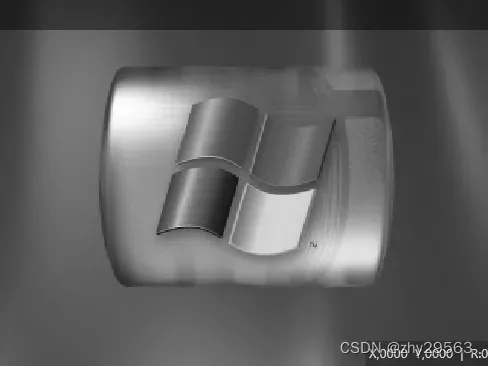
- CustomedModule

- 输出图像

文章出处登录后可见!
已经登录?立即刷新
